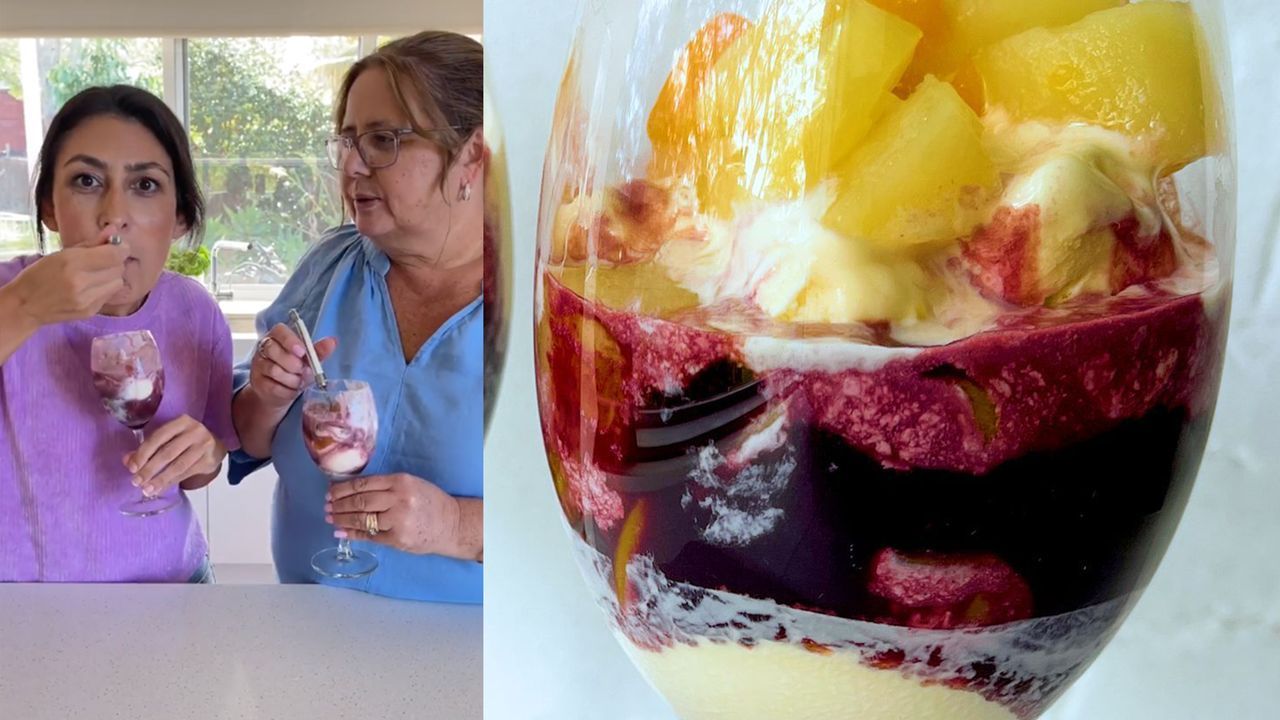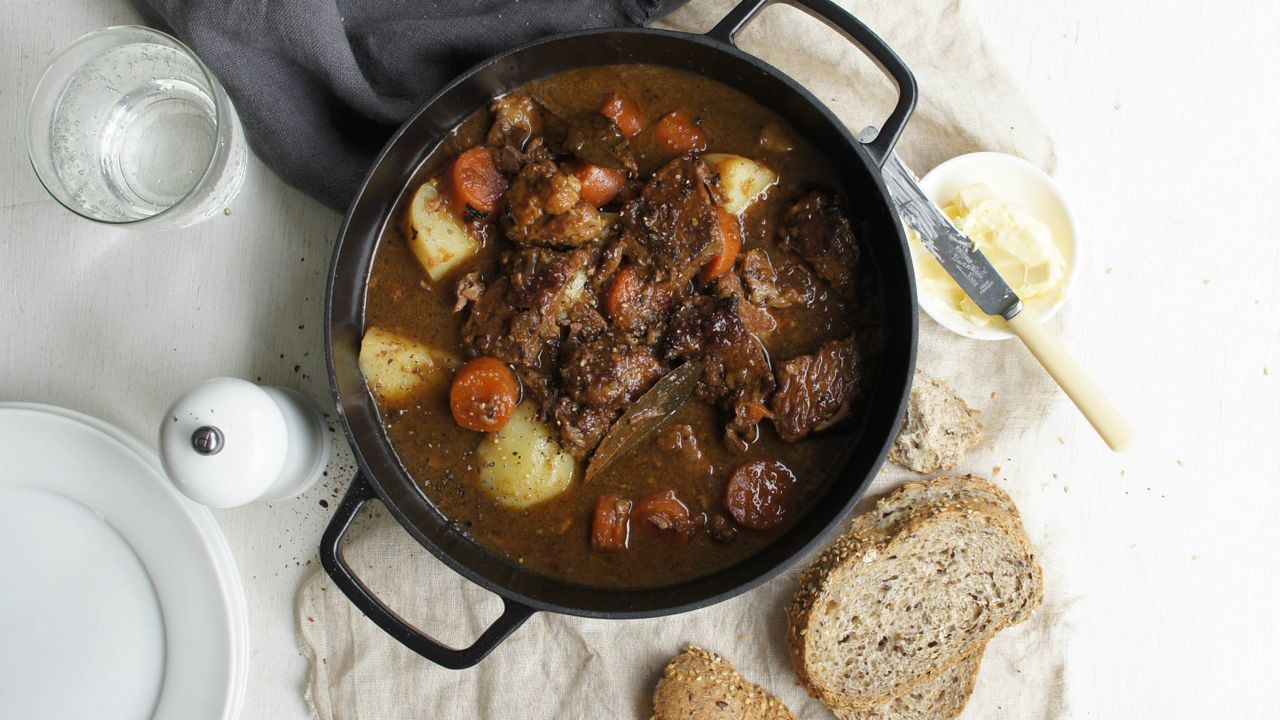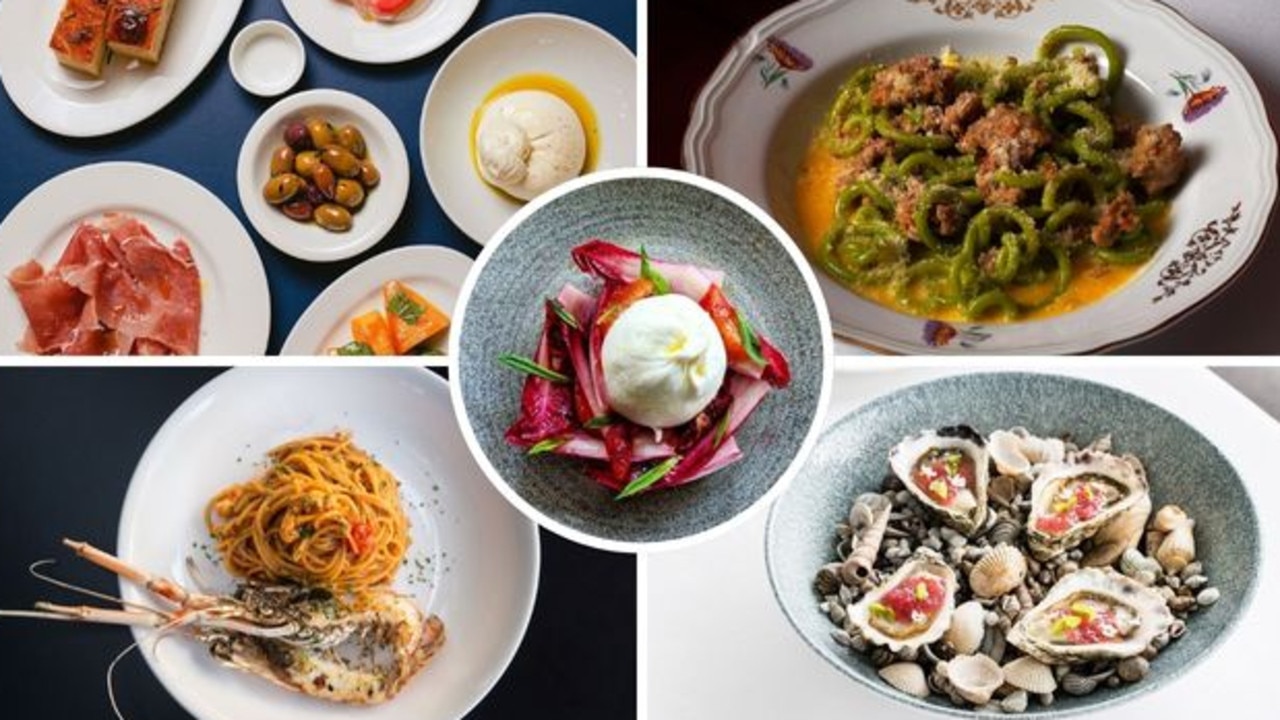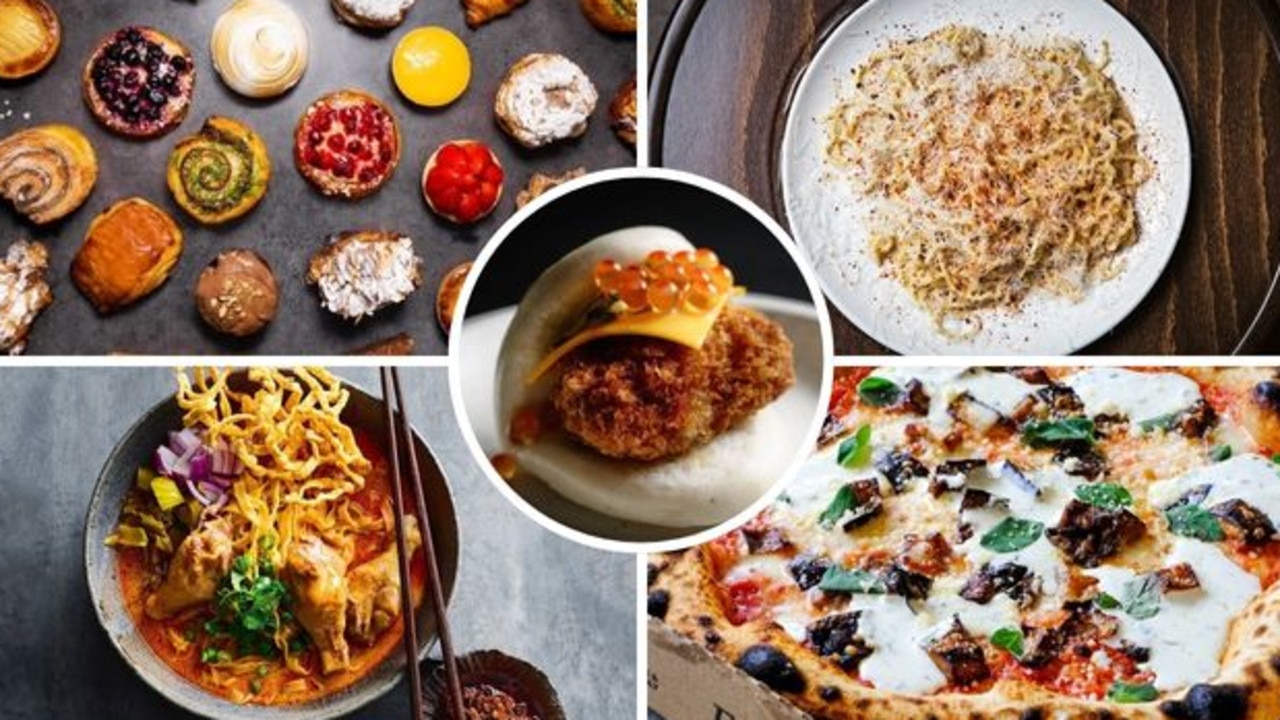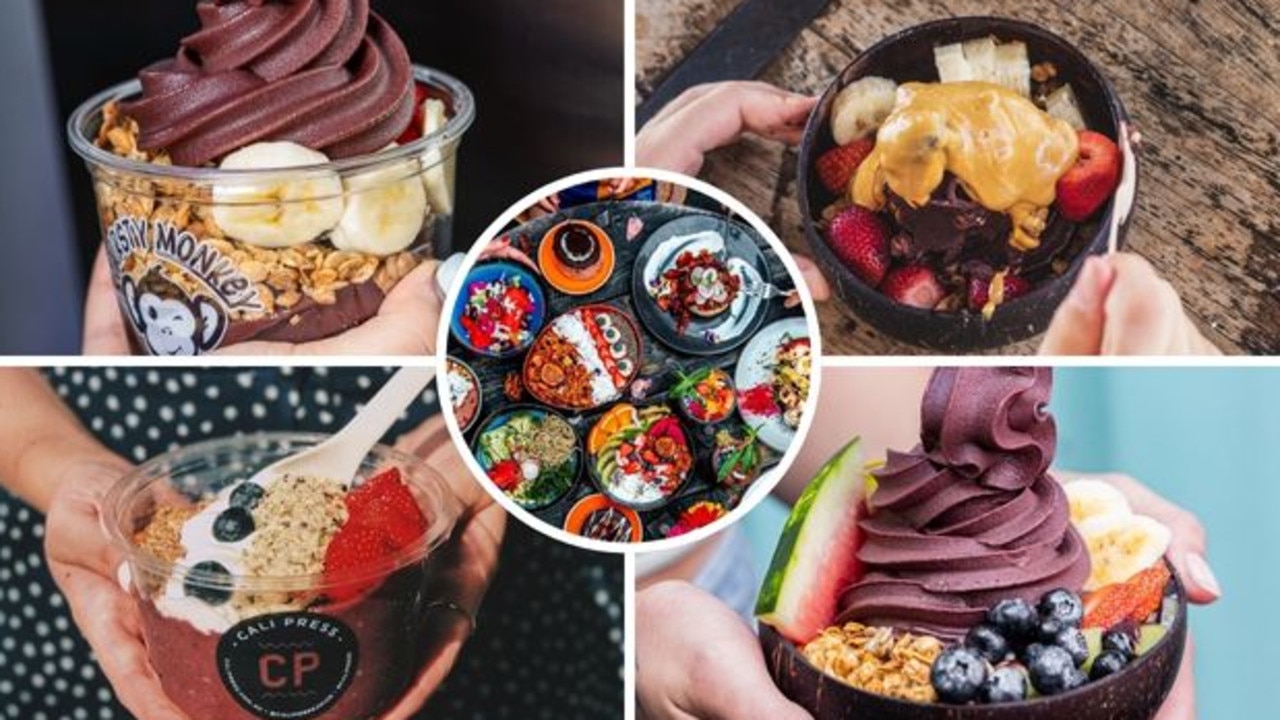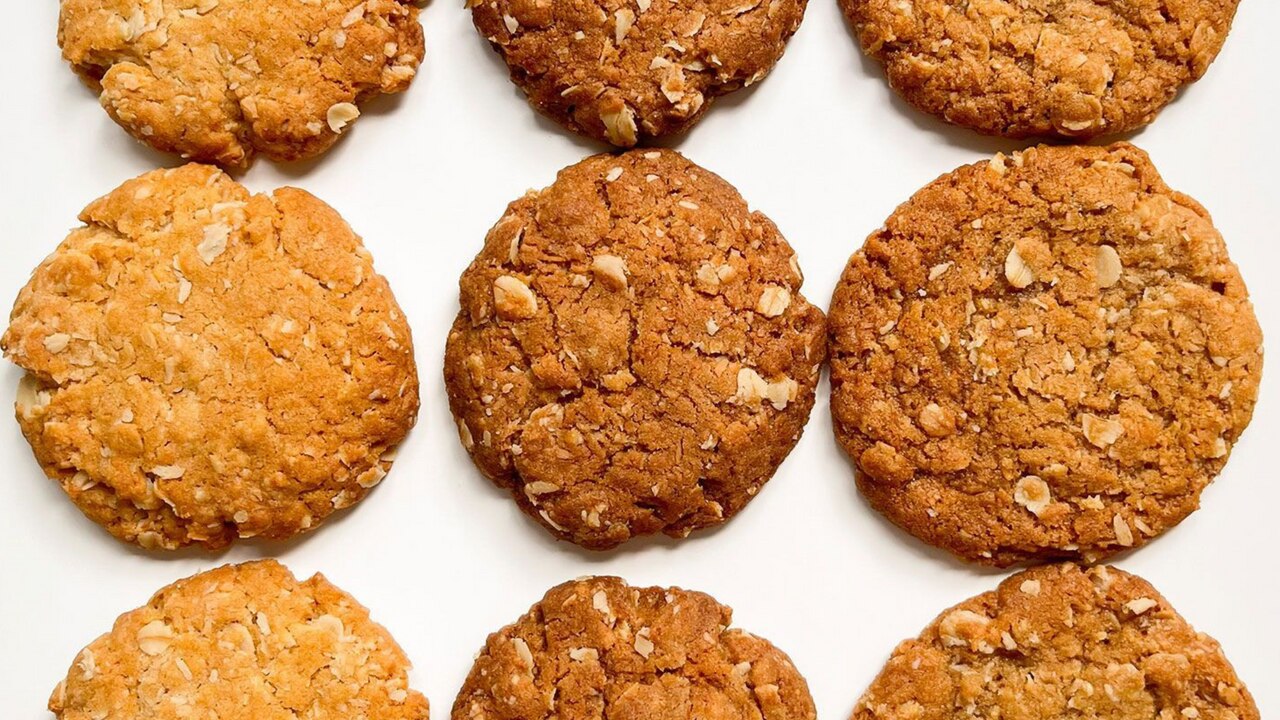Champagne brand pronunciations explained
We hate to burst your bubble, but you might just have been pronouncing these Champagne brands wrong all along. You’ll earn a nod from your next sommelier if you nail these, and quite possibly an eye-roll from everyone else.

Food
Don't miss out on the headlines from Food. Followed categories will be added to My News.
Nitpicking, snobbery and awkward moments aside, there’s merit to immersing oneself in the libation lexicon and learning a word’s origins: information breeds deeper understanding, which expands our capacity for nuanced appreciation.
Basically?
Things you know more about just taste better! And you’ll have loads more time for enjoying a particular flavour if you’re not worried about tripping over its name.
Without further ado, here’s how to pronounce these tricky Champagne names.
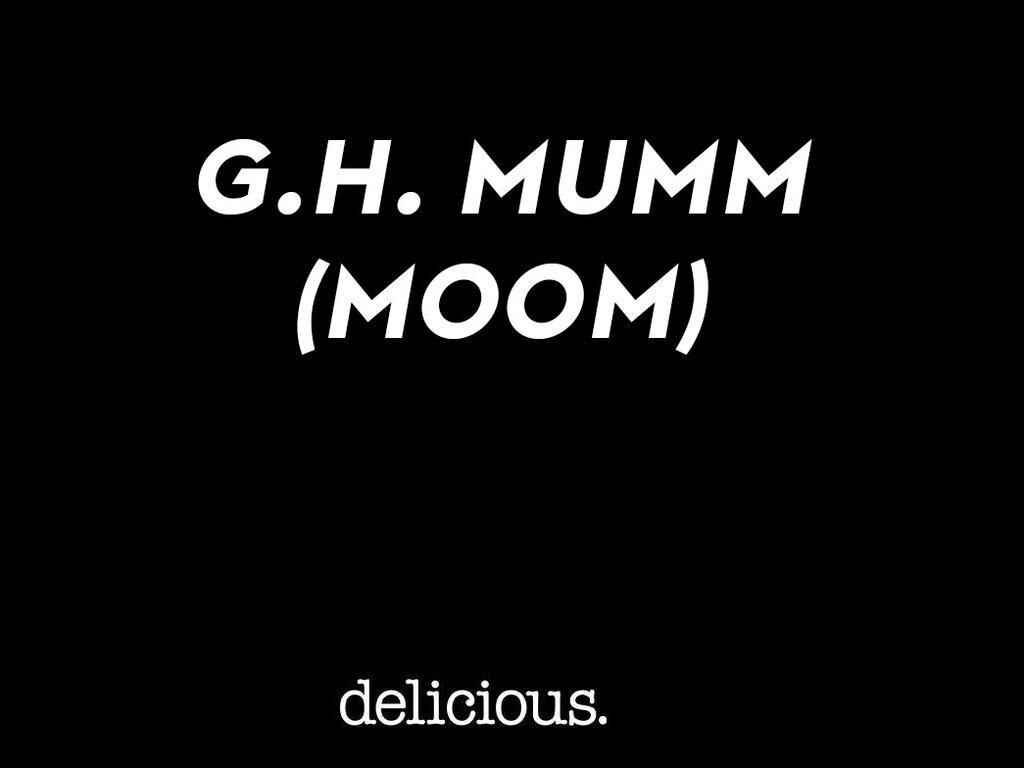
G.H. Mumm (Moom)
It might be as Gallic as it gets today, but we have three German brothers – Jacobus, Gottlieb and Phillip Mumm – to thank for this Champagne house bubbling up in Reims in 1827. In honour of these Germanic origins, it’s less your mum and more ‘moo’ – as in ‘moom’ or ‘muum’.
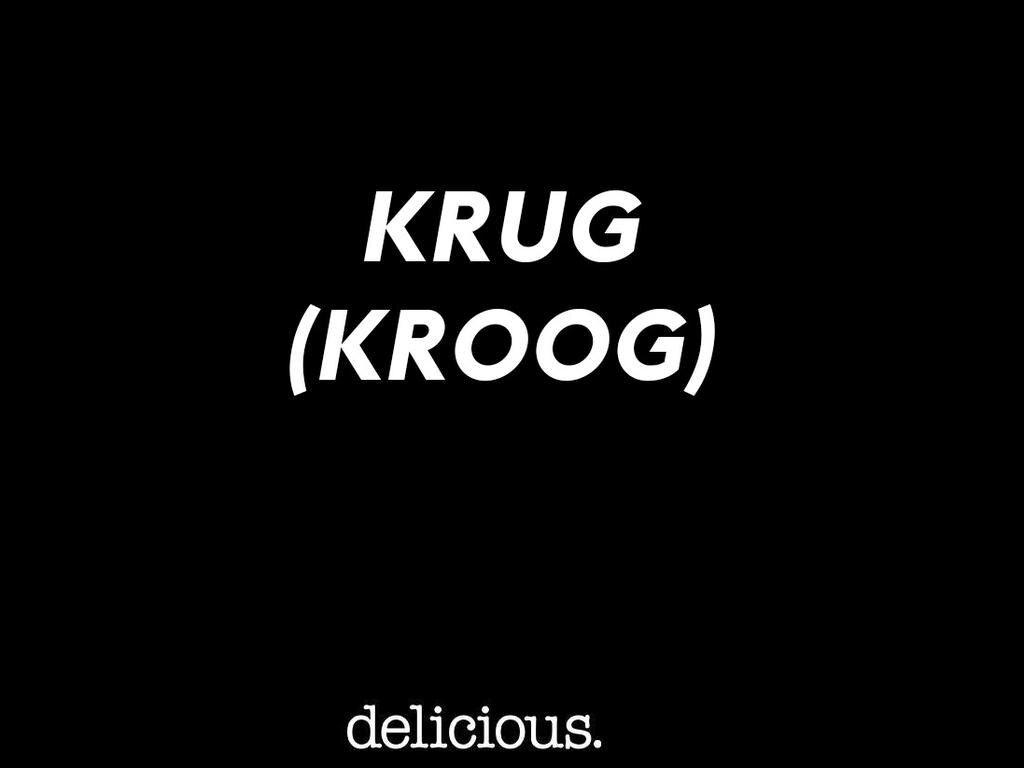
Krug (Kroog)
If you’re rhyming Krug with ‘hug’ or ‘bug’, then you’re sounding more caveman than connoisseur. Named after its German-born founder Joseph Krug, put on your best Deutsch accent and try ‘kroog’.
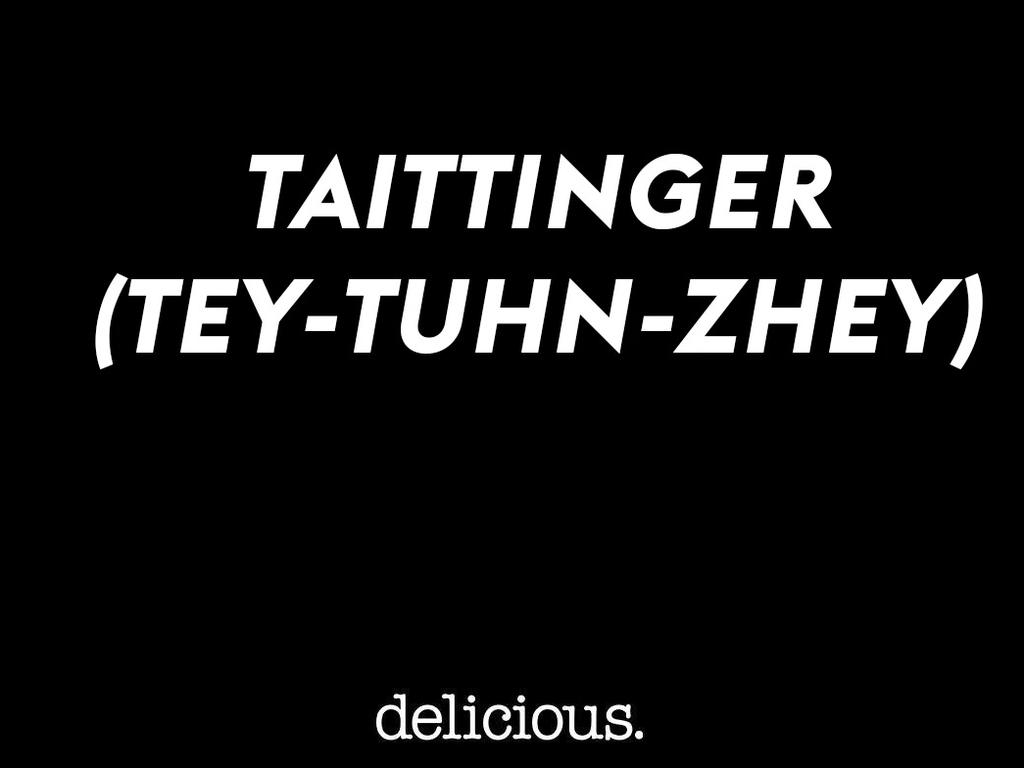
Taittinger (Tey-tuhn-zhey)
There’s lots of phonetic potholes waiting to trip you up here. First off, that first sneaky ‘i’ in the first syllable gives you ‘tay’, the middle syllable is a drawn out ‘tuhn’ or ‘tehn’, and it all finishes with a rounded ‘jay’ sound. We won’t blame you if you’d rather point to it on the wine list instead.
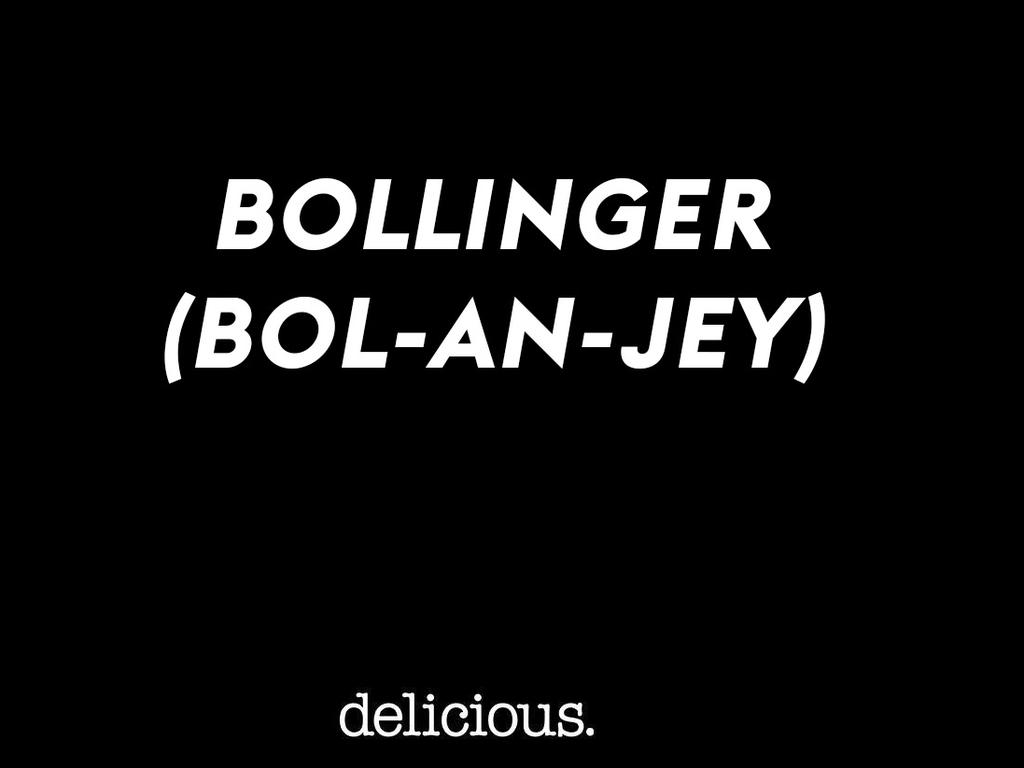
Bollinger (Bol-an-jey)
Now, technically, the respectable way to order this drop from the heartland of the Champagne region is ‘bo lan jey’ with a beautiful soft ‘j’. But we’ll let you channel Eddie and Pats and treat yourself to a ‘Bolly’ – even the brand has been known to embrace it.
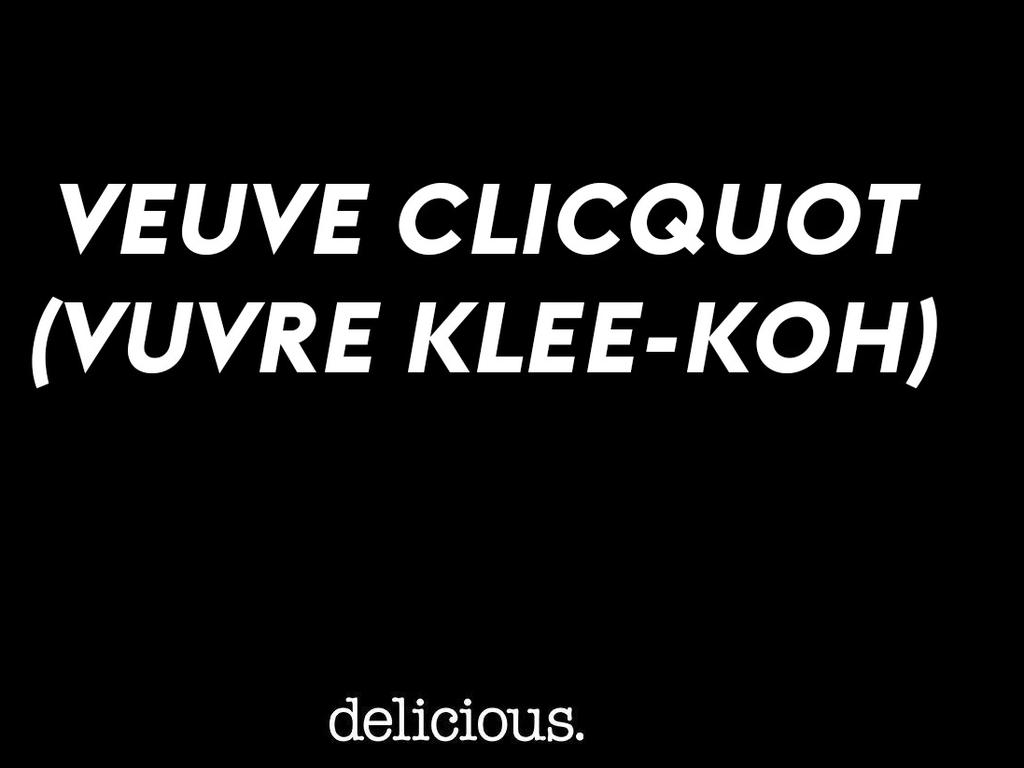
Veuve Clicquot (Vuvre klee-koh)
This iconic yellow bottle was given to us by the OG of the modern Champagne industry – Madame Clicquot, or the Widow Clicquot. You may be guilty of sneaking an ‘o’ into Veuve (‘widow’ in French), but it’s more of a short ‘vuv’ with a slight ‘r’ sound at the end. And forget that hard ‘t’ on Clicquot and try klee-koh. Whatever you do, just don’t call it Veuve: in deference to its legendary founder, Clicquot is the preferred shortening.
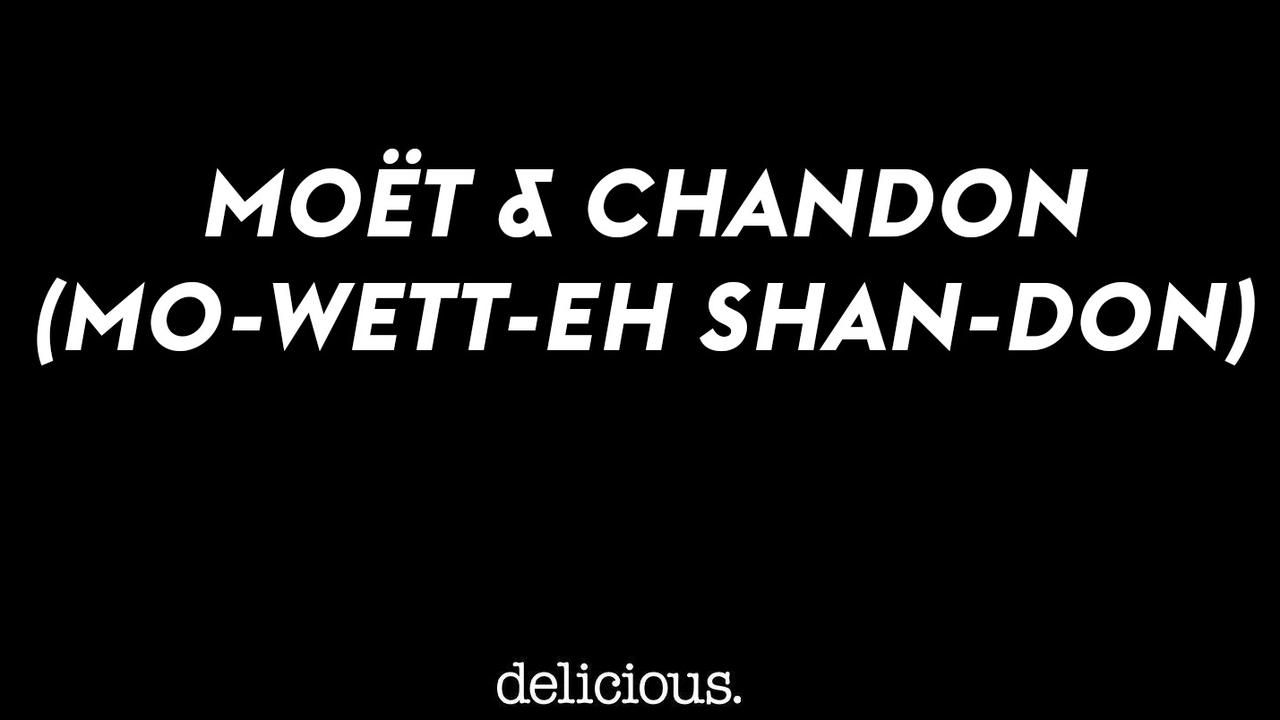
Moët & Chandon (Mo-wett-eh shan-don)
Another iconic French brand with less than French beginnings, Moët & Chandon was established by Dutch wine merchant Claude Moët. That little symbol lurking above the e is an umlaut in German or le tréma in French. Here, it indicates that the ‘t’ is loud and proud – more like ‘mo-wett’. Shortening it all to ‘Moët’ is also perfectly acceptable.
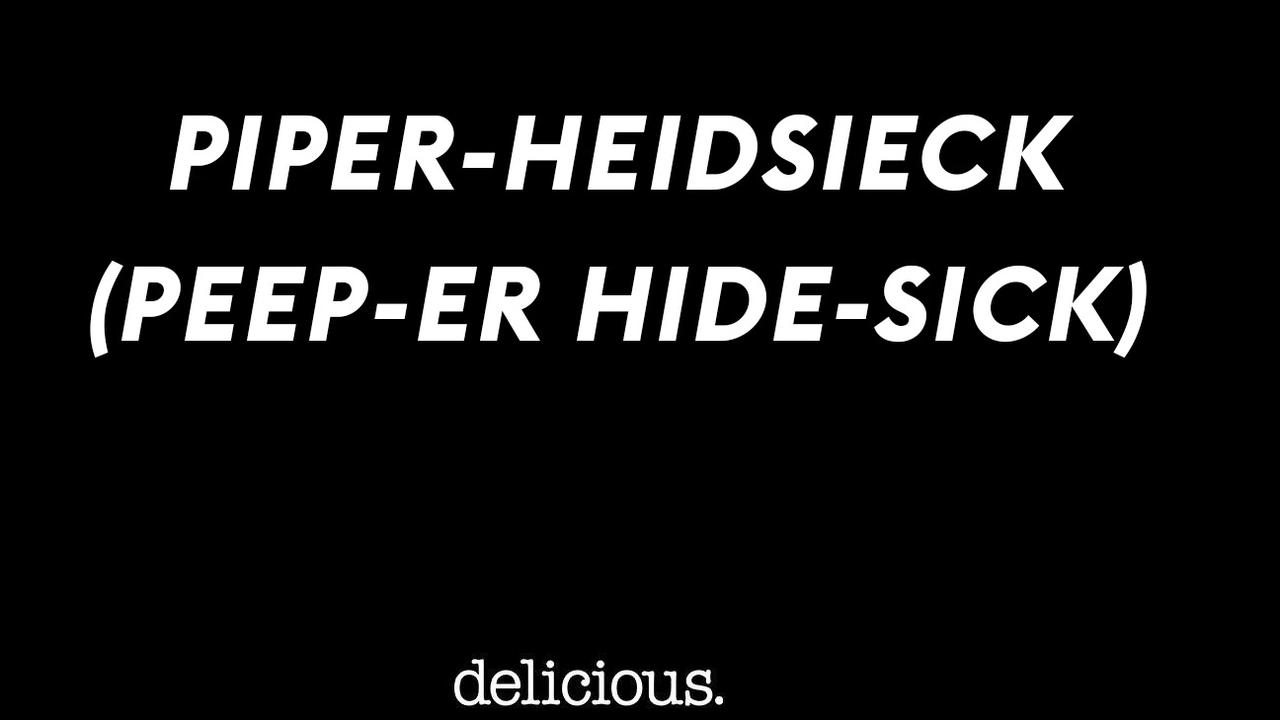
Perrier-Jouët (Perri-yeh jew-et)_
Now you understand the tréma this next one will translate. The brainchild of Champagne power couple Pierre-Nicolas Perrier and Rose-Adélaïde Jouët, the ‘Perrier’ is uttered in classic French fashion as ‘perri-yeh’ (letting the final r sound fade). Jouët, however, is short and pronounced: ‘jew-et’ – the pronunciation faithful to the original Norman madame of the house, the brand’s first head winemaker.
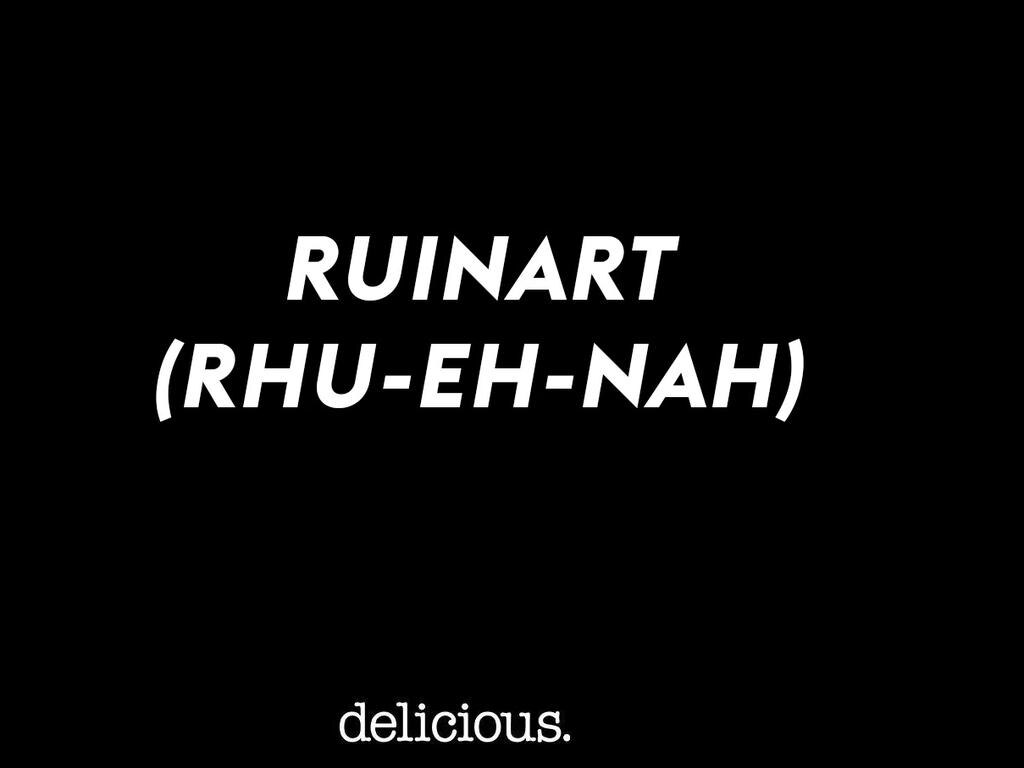
Ruinart (Rhu-eh-nah)
Ruinart was the first Champagne house to put the province on the map for sparkling wines back in 1729, when Benedictine monk Dom Thierry Ruinart got a taste for an effervescent new wine style that was all the rage in aristocratic circles. (A few decades later, this enterprising winery was also the first to peddle rosé Champagne). Just remember to drop the ‘t’, and put on your best rolled ‘r’: ru-ee-nar.
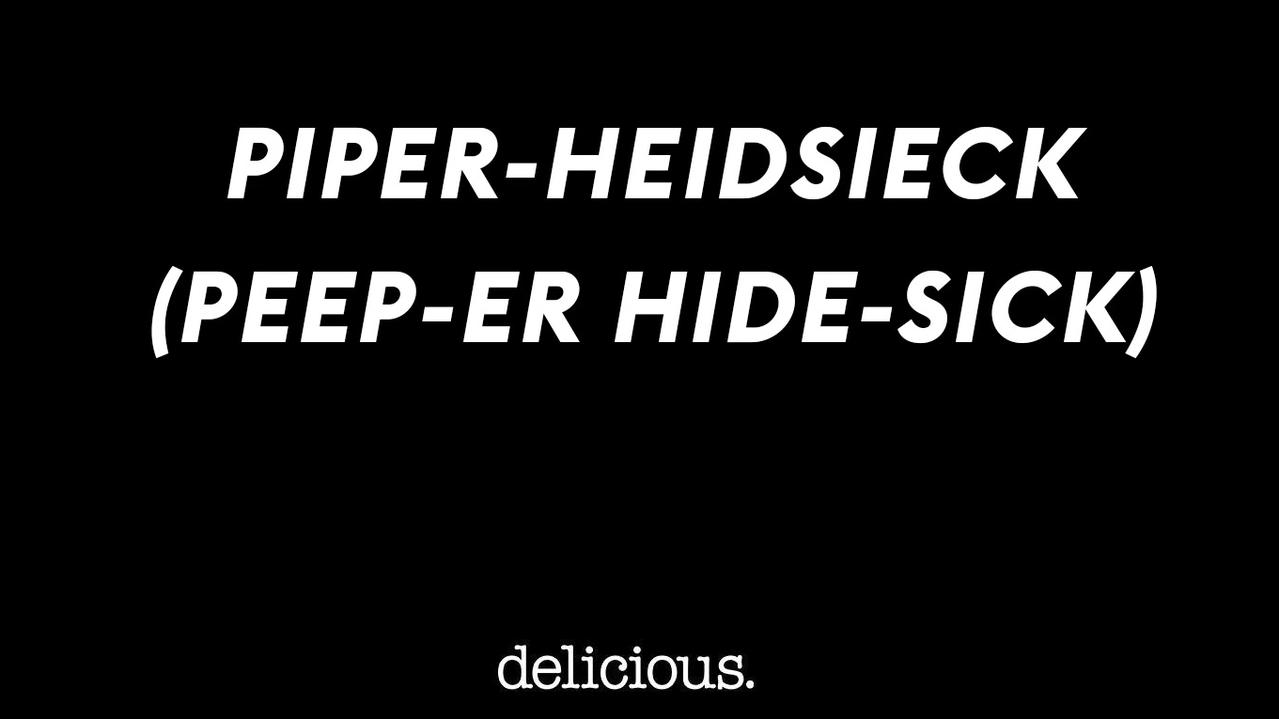
Piper-Heidseick (Peep-er Hide-sick)
French and German fans of this venerable drop – which counted Marie Antoinette as one of its first brand fans – are going to pronounce it ‘peeper’, but in English speaking circles you’ll get away with ‘piper’. Another Champagne house with a German founder behind the scenes, the hard ‘k’ sound rounds it all out.
For more food, travel and lifestyle news, go to delicious.com.au
Originally published as Champagne brand pronunciations explained

